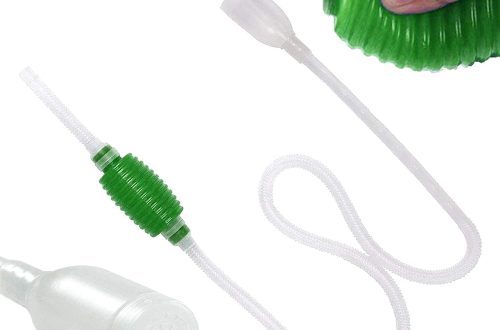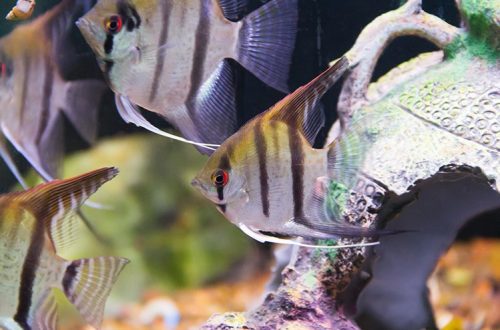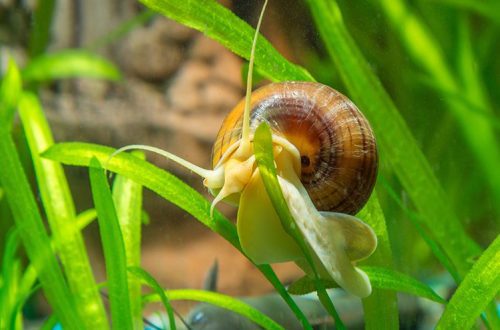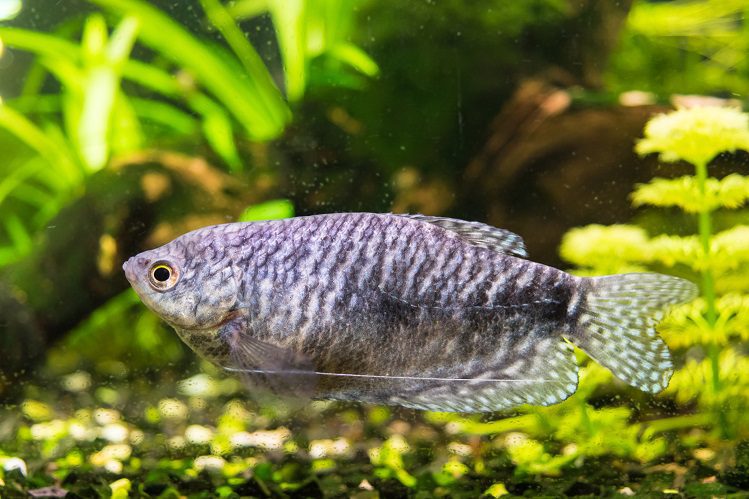
Gourami – unpretentious, bright and amazing
Gourami is a name that combines many varieties of bright, unpretentious fish. Gourami have interesting habits, they will become the decoration and pride of your aquarium. And the best part is that the maintenance of gourami fish is within the power of a novice aquarist.
Aquarium fish gourami: content
Gourami fish need a sustainable ecosystem. This is what the experts mean when they say that “gourami love old water.” And they need to partially change the water weekly, like all fish. Gourami should be launched into a prepared aquarium with a well-established nitrogen cycle, in an aquarium where all plants and hydrobionts live together and feel great. In general, caring for gourami is quite simple. These fish are suitable for beginners.
Many aquarists strive to create conditions for their wards that are close to natural. How to arrange the effect of rice fields and rain ditches in Malaysia, Vietnam, Singapore in the home underwater kingdom? Driftwood and dense vegetation (cryptocorina minima, eleocharis) with the obligatory presence of floating plants like pistia and humpback pemphigus will help. Dark sandy soil with fallen leaves (you can put almond leaves in the aquarium). In nature, the water in such reservoirs is slightly cloudy, tea-colored. The elongated ventral fins of the fish, similar to a mustache, help the gourami to navigate in space. For life in “tea” water, such locators are indispensable. To achieve this color of water at home, you can use an aquarium water conditioner with a tannin content. Avoid strong current in the container. The easiest way to reduce the current is to direct the flow of the filter towards the side of the aquarium.
Gourami fish are labyrinth fish. The labyrinth is a supragillary respiratory organ that allows them to breathe atmospheric air. But this does not relieve you of the need to install aeration in the aquarium. Oxygen is necessary to neutralize harmful substances and the life of beneficial bacteria in the aquarium. Without aeration, the necessary balance cannot be achieved.
Fish swim in the middle and upper layers of the water and periodically swim to the surface for a new portion of air. It is desirable that the water layer in the aquarium be 30-50 centimeters thick. And between the upper boundary of the water and the lid of the aquarium, you must definitely leave air space. A lid or cover glass is required, because a fish that often emerges to the surface runs the risk of miscalculating its strength and jumping out of the aquarium.
For breeding fish, it is better to have a spawning ground, although fry may well be born in the general aquarium. The male builds a foam nest in the shade of floating plants, attracts a female and fertilizes the eggs. After a day or two, fry begin to hatch from the eggs. If you are faced with the task of distinguishing a male from a female, then it is almost always enough to look at the fins. In males, the anal fin and dorsal fin are elongated and pointed. The dorsal fin of the female is shorter and more rounded.
Gourami are so unpretentious and resilient that they can live without water for six to eight hours. This skill sometimes saves their lives in their natural habitat. An adult healthy gourami fish can live without food for up to two weeks. In other words, they can be left without food for the weekend if you need to go away.
In nature, the gourami diet consists of insects, larvae, and plants. There is a specialized food for these fish, but you should not keep them on the same food. Diversify their diet with daphnia, tubifex, bloodworms. Pieces of cucumber or zucchini scalded with boiling water will do.
Such different gourami
What kind of gourami varieties can not be found in aquariums! Marble gourami is the fruit of the labor of breeders, a color variety of blue gourami.

About four centimeters in size, the pygmy gourami is the smallest labyrinth fish. We want to draw your attention to an interesting moment. Gourami is a large game fish that is caught in Indonesia. Gourami aquarium fish are the closest relatives of this commercial fish. There are four varieties of them: pearl gourami fish (in the title photo), moon gourami, brown and spotted gourami. And then the confusion begins.
In our latitudes, all fish that look like a commercial gourami from Indonesia are also called gourami. All fish with threadlike fins have already fallen under the definition of gourami. Honey, chocolate, kissing gourami generally belong to other genera. It becomes even more difficult due to changes in the classification. Biologists now refer to pearl, moon, spotted and brown gourami not as Trichogaster, but as Trichopodus. But it is enough for a beginner aquarist to simply be aware of these complexities. And before responding to the ad “I’ll give the gourami in good hands”, clarify what specific fish are in question.
For example, we will tell you more about the content of moon gourami fish. The body of the fish, compressed on the sides, is slightly elongated in length. The case is a noble bluish-silver color. In home aquariums, they grow up to 12 centimeters. They live for about five to seven years. For a comfortable life, these fish are suitable for a temperature of 23-26 degrees. Hardness – up to 20, and acidity – in the range from six to seven.
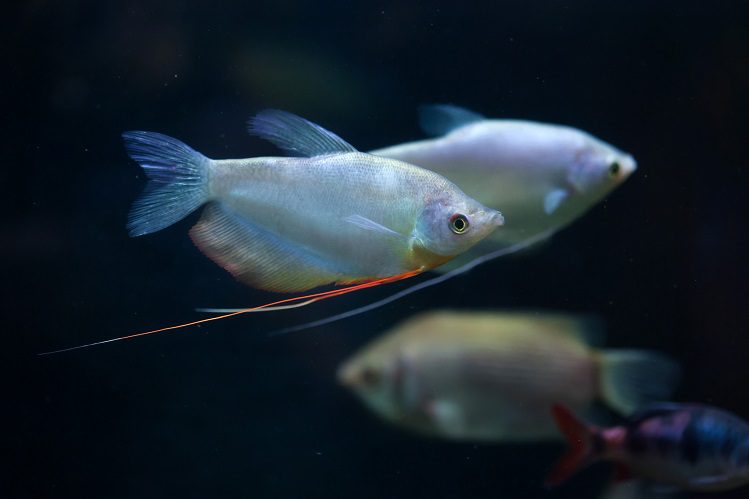
If your plans for keeping aquarium fish include only a couple of moon gourami, a 50-liter container is enough. But in order to accommodate a serious herbalist, other aquarium inhabitants, to allow the gourami character to fully express itself, a 130-150 liter aquarium is more suitable.
Note that the length of the aquadome should be at least half a meter. In the aquarium, you need to provide both plants and free space. Gourami love to swim and hide in the thickets. Try to keep the temperature of the water in the aquarium and the temperature outside the aquarium about the same.
Choosing fish neighbors
Gourami are exceptionally peaceful. As neighbors, fish similar in size and temperament are suitable for them. Gourami prefer soft acidic water. The correspondence of the fish to each other according to the necessary parameters of keeping is extremely important. In the case of our heroes, the neighborhood with scalars, cockerels, neons will be successful. Pictured is a blue gourami in an aquarium with a scalar. Also, rasboras, thorns, laliuses, bots, various tetras will become good companions in the aquarium.
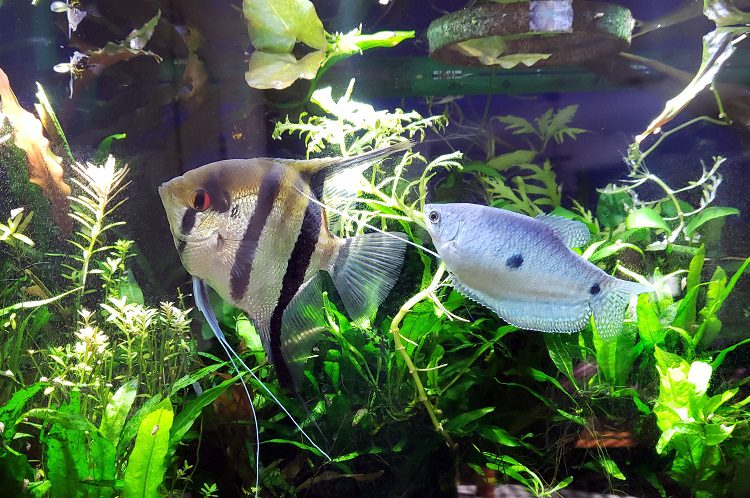
Gourami are somewhat shy. They need calm, non-aggressive neighbors in the aquarium. Too nimble fish will annoy the gourami, pulling them by the filiform antennae-fins. Such hooliganism is hunted by barbs, swordsmen. And whatever fish you choose, don’t overpopulate the aquarium. In close quarters, the fish cannot avoid conflicts.
It is easy to understand an aquarist who has succumbed to the charm of gourami. These fish are pleasant and interesting to watch, and caring for them is not at all difficult. And for a beginner aquarist, this is a really great choice.
The article was written with the support of an expert:
Andrey Ermakov — terrarium and aquarist with 20 years of experience, breeder of reptiles and amphibians.
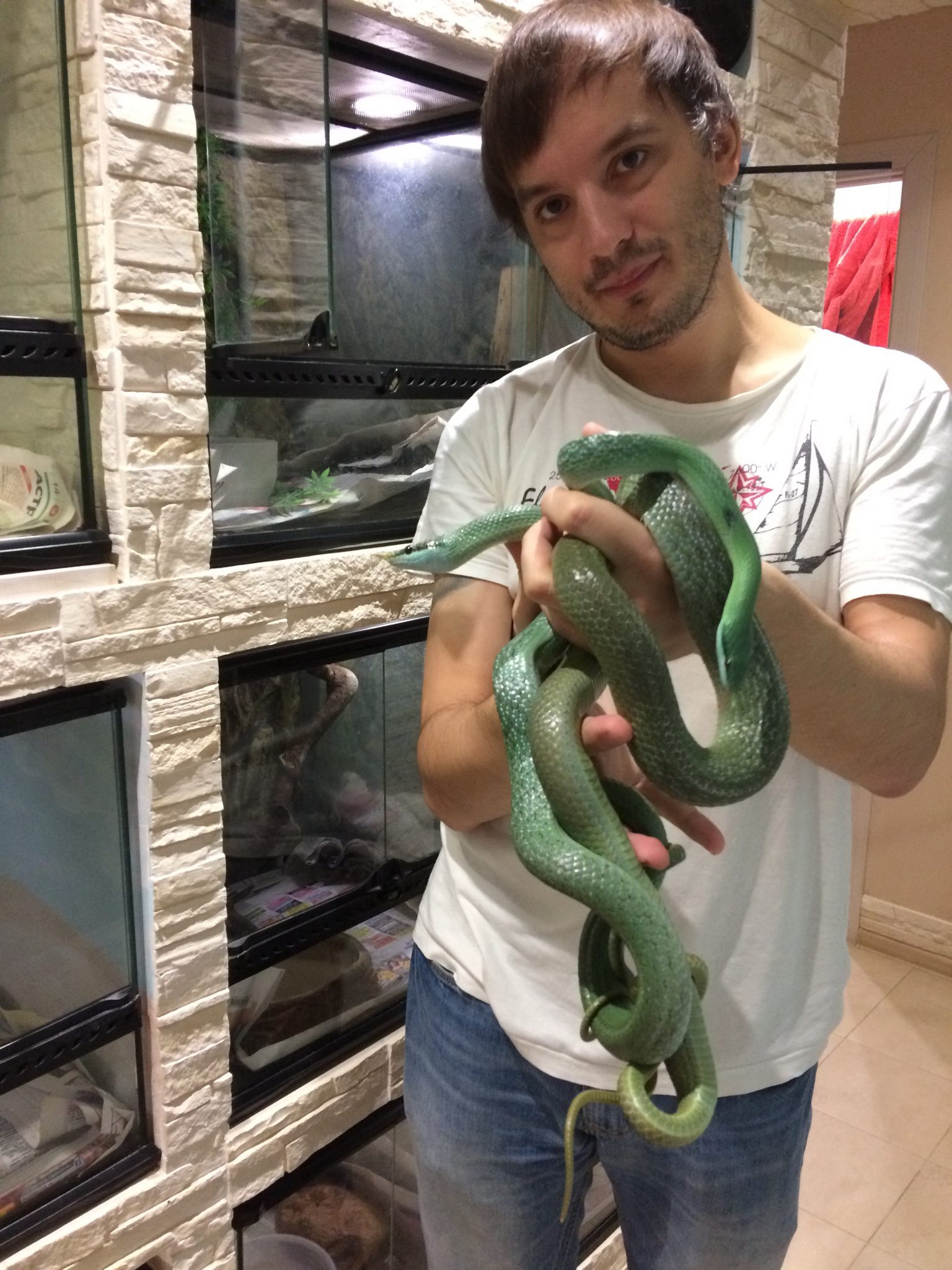
.



